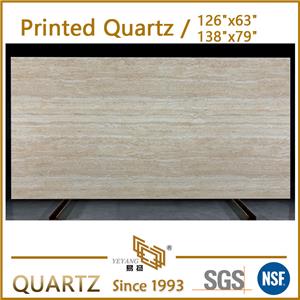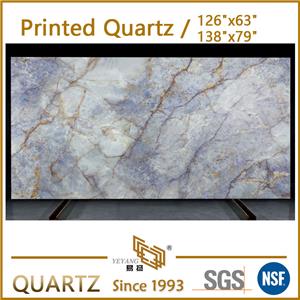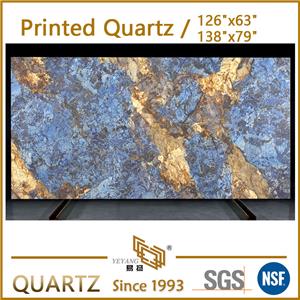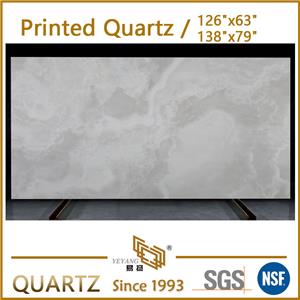Everything You Need to Know About Full Body Translucent Quartz
Everything You Need to Know About Full Body Translucent Quartz
—10 Questions & Answers About Translucent Quartz
In the world of modern architecture and interior design, materials that blend aesthetics with functionality are increasingly sought after. Among these, the translucent quartz slab has become a standout for designers seeking to elevate their projects with light and texture. This article answers ten key questions about translucent quartz, exploring its structure, applications, maintenance, and the rise of the full body translucent quartz series for premium lighting effects. If you're considering this material for your next feature wall or design statement, read on to discover how backlit quartz can transform any space.
Q1: What is translucent quartz?
Translucent quartz is a light-permeable engineered material made by combining high-purity quartz granules with optical-grade resin. When illuminated from behind, it creates a soft and elegant glow, making it ideal for backlit quartz installations in decorative and functional spaces. Among its advanced forms is full body translucent quartz, engineered for even light transmission across the entire slab, not just surface layers. This technology enables a more seamless lighting effect and richer visual depth.
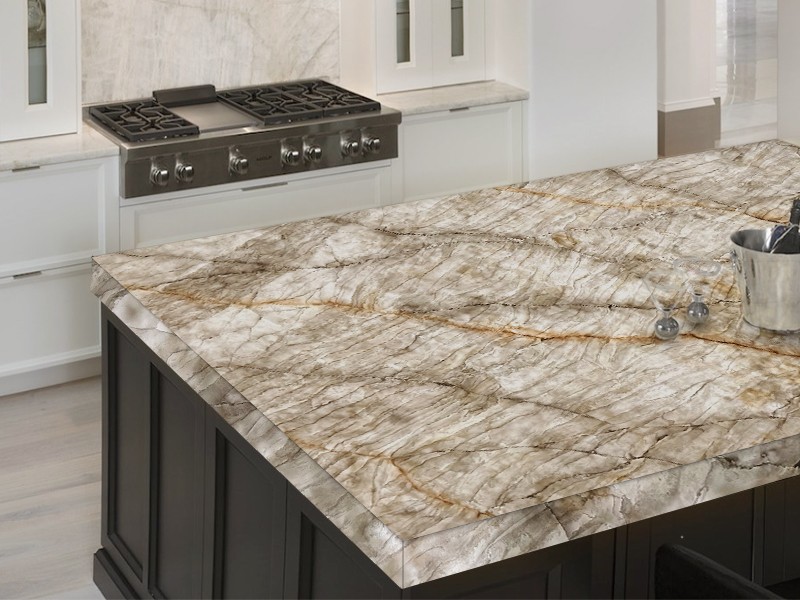
(Yeyang luxury backlit quartz countertop B4103 )
Q2: What are the key features of a translucent quartz slab?
A well-manufactured translucent quartz slab offers both durability and visual appeal. Its core properties include:
Excellent light transmission across selected thicknesses
Mohs hardness rating of 7, resisting scratches and daily wear
Thermal stability in various climates
Eco-conscious production, often qualifying for LEED certification
Full body translucent quartz enhances these features with higher consistency and full-depth light diffusion—ideal for high-end design.
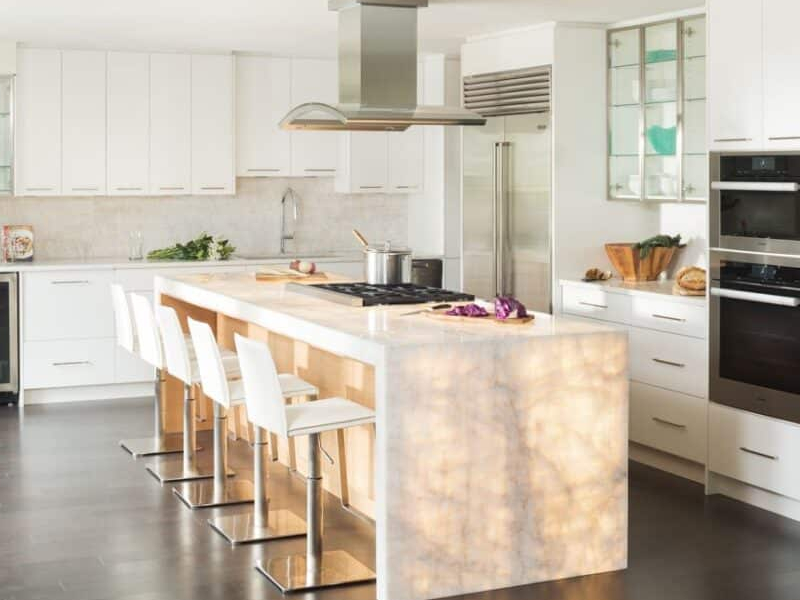
Q3: How does backlit quartz work?
Backlit quartz involves positioning LED lights behind the translucent quartz slab. The embedded micro-crystalline structure diffuses the light, creating a uniform, glowing surface. Light intensity and tone can be controlled with color temperature settings and dimming systems.
Factors that affect the final effect include:
Quartz particle purity and distribution
Resin refractive index matching
Proper LED spacing and heat dissipation
Full body translucent quartz slabs improve this process by enabling even transmission through the entire slab—ideal for large seamless panels.
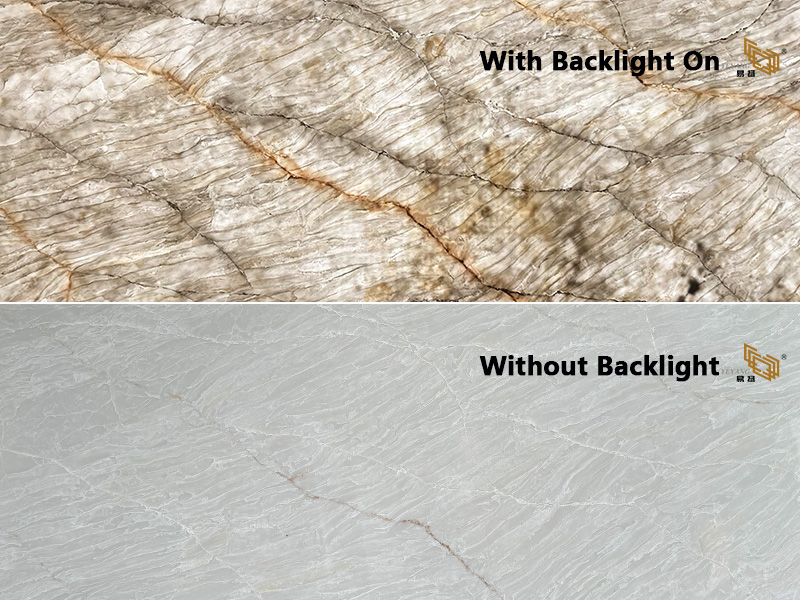
Q4: How does translucent quartz compare to other materials?
| Property | Translucent Quartz Slab | Traditional Translucent Stone | Full Body Translucent Quartz |
|---|---|---|---|
| Light Transmission | Partial (based on structure) | Often limited to coated layers | Full-depth, even illumination |
| Visual Performance | Natural patterns, soft glow | Yellowing and uneven light | Smooth and luxurious light diffusion |
| Durability | Strong and heat-resistant | Brittle and prone to aging | UV-resistant, high thermal stability |
| Application Range | Ceilings, walls, bars, partitions | Mainly decor-only use | Ideal for artistic lighting features |
Q5: Where is translucent quartz used?
Thanks to its refined glow and adaptable formats, translucent quartz slab materials are used in:
Commercial spaces: Hotel lobbies, boutique displays, reception counters
Residential interiors: Kitchen islands, bathroom dividers, ceilings
Public and artistic installations: Light-guided signage, museum walls, illuminated facades
With the backlit quartz approach, designers can achieve ambient lighting effects without additional light fixtures. For upscale projects, full body translucent quartz is especially favored for its evenness and visual depth.
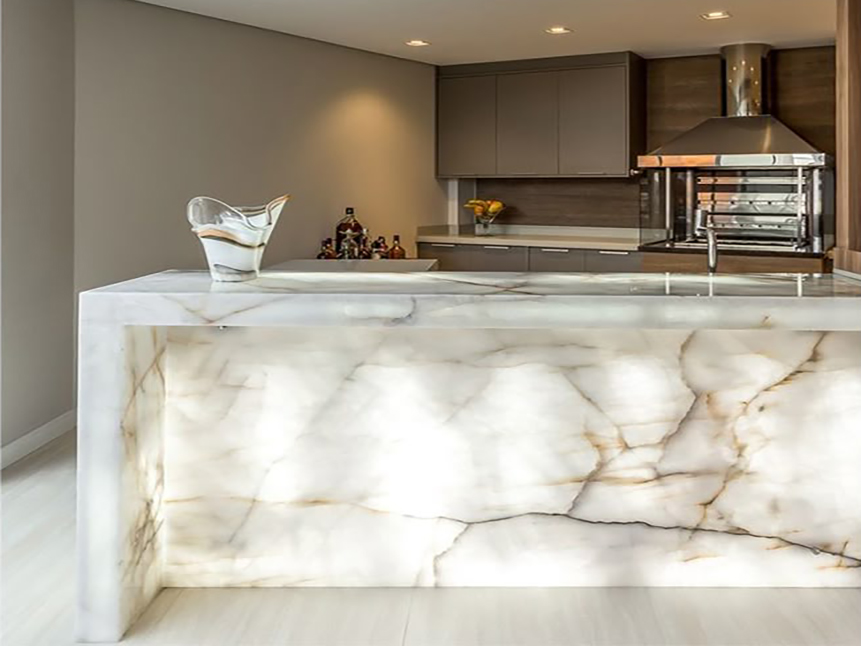
Q6: What are the fabrication challenges?
To achieve the best results with a translucent quartz slab, fabricators must pay attention to:
Using diamond tools and CNC equipment for precision
Finishing edges carefully to avoid chipping (rounded corners are recommended)
Allowing space for LED lights and proper heat dispersion
Working with experienced stone fabricators ensures that backlit quartz installations are safe, beautiful, and technically sound.
Q7: How to choose high-quality translucent quartz?
Here are some quick checks when selecting a translucent quartz slab:
Light test: Shine a flashlight to ensure uniform brightness
Surface test: Try a gentle scratch with keys—premium quartz shouldn’t leave white marks
Color matching: Review slabs under daylight to spot any inconsistencies
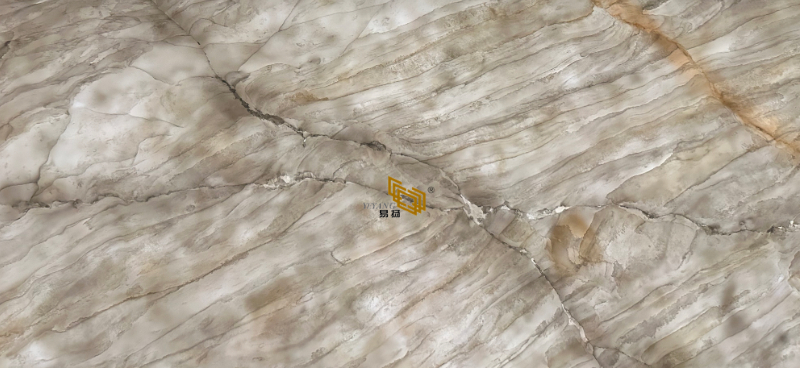
Q8: What affects the cost of translucent quartz?
Pricing for translucent quartz slabs depends on factors such as thickness, light transmission, design complexity, customization size, brand reputation, and whether the product is standard or full body translucent quartz, but rather than focusing on price alone, it’s more meaningful to consider the overall value it brings to the project—especially in backlit quartz applications where lighting consistency and material integrity are critical.
Q9: Is maintenance complicated?
Maintaining a translucent quartz slab is straightforward with just basic care. Routine cleaning using a neutral detergent and a soft cloth helps preserve its clarity and surface quality. It’s important to avoid harsh or acidic chemicals—particularly hydrofluoric acid—as they can damage the resin matrix. For installations using backlit quartz, it's recommended to inspect the LED lighting system and electrical components every six months to ensure optimal performance. When choosing full body translucent quartz, you’ll benefit from greater long-term visual consistency, with fewer hot spots or uneven glow even after years of use.
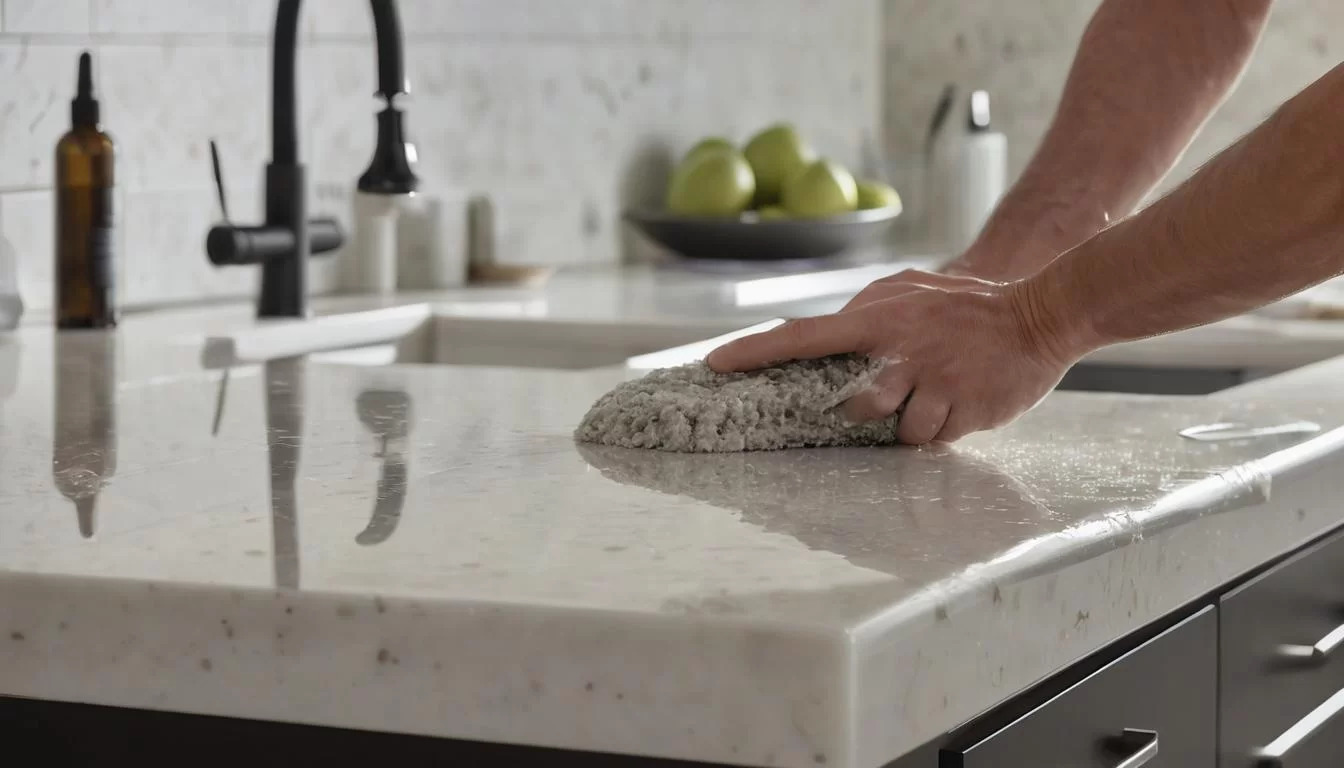
Q10: What’s the future of translucent quartz?
As demand grows for architectural materials that interact with light, the translucent quartz slab category continues to evolve. Upcoming innovations include integration with smart lighting systems—such as programmable and dimmable controls—expansion into vibrant colored designs in full body translucent quartz, and potential applications in photovoltaic-reactive façades. Far beyond a decorative feature, backlit quartz is fast becoming a functional and aesthetic element in luxury interiors, retail displays, and hospitality design.
Conclusion
From ambient ceiling lighting to dramatic feature walls, translucent quartz slab surfaces are redefining the relationship between light and material. Understanding the structure and creative flexibility of full body translucent quartz empowers designers, builders, and end users to make bold, illuminated statements. Whether you’re specifying a material for a commercial lobby or a residential art wall, backlit quartz offers lasting impact with timeless appeal.
Contact our team for tailored recommendations, lighting strategies, or slab samples. Let’s illuminate your next design vision—with the refined beauty of translucent quartz.

